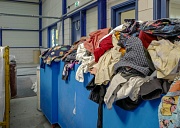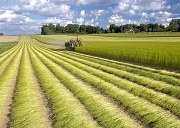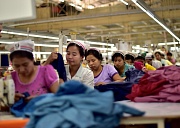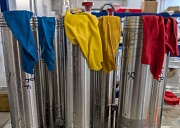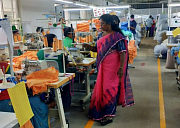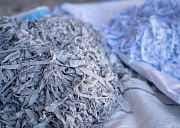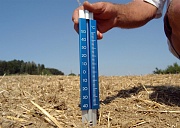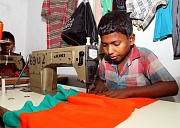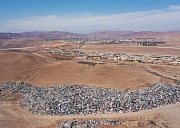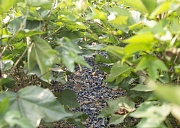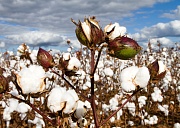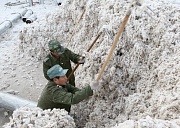Is an estimate good enough when fraud is involved?
Additionally, CBs are listed as a reliable source even when recent scandals illustrate how much fake organic cotton there is. And while the Trackit system does sound like an improvement, it does not negate the need for an open-source database.
A senior Indian cotton expert, who helped pioneer work in both organic and Better Cotton, points to design failures as well as procedural and monitoring failures.
“When problems first emerged with contamination and testing, growth slowed,” he says, adding that this was some time around 2010/11. “But then, people started getting around the system once more.”
“Only 15 per cent of practices and tools from research make it to farmers in the cotton sector because extension is so poor,” says our expert who adds that the current system is designed for box ticking, not supporting producers, while farmer training is done by poorly paid and low skilled people.
He also says that, as most farmers do not have bank accounts, there is no proof of what cotton goes where. Bank payments for organic could be tracked “but with paper you can write what you like”.
Farmers meanwhile receive no premiums and low prices because aggregators buy 64 per cent of cotton from smallholders, according to a 2019 report from IDH and Technoserve3. This reduces farmers’ incomes even further.
Another recent report in Hindu Business Line shows that violations identified by APEDA include farmers not being aware they were certified organic as well as conventional cotton being passed off as organic (overly high yields were also reported)4. An organic cotton pioneer points to the low numbers of inspections (10 per cent within a farm group) and to insufficient farmer training. Also, the number of CBs means competition for business drives down bids for work and so reduces quality. But no one wants to admit to certification failures as this would affect future business. It’s almost as if the system is designed to fail.
It's not just India that’s affected either. James Vreeland of Peru Naturtex told us that while cotton production in Peru has declined over time, overtaken by other cash crops, the country has largely become an importer. Much of this, he says, is “supposedly organic cotton yarn from India”. He suggests this is known to authorities and that urgent action is needed to save “commercial cotton cultivation in Peru”.
A mish-mash of systems
We have a fragmented cotton traceability and certification system, data errors, no transparency, no data sharing, a refusal to take responsibility by some major players, and a blame game against certifiers, with lots of revenue and prestige at stake.
When we asked Bart Vollaard, executive director of OCA, why it had taken so long to find solutions he said: “A degree of fragmentation has made change within the certification system a slow and challenging process, but the industry has also taken a long time to realise it needs to look beyond certification and invest in the base of the supply chain.
“It is still only now realising that it needs to make organic work for farmers. This was exactly the background against which the Organic Cotton Accelerator was founded back in 2016.”
Against this backdrop, the organic sector has tried to look perfect for years. Pretending only a little tinkering was needed. Instead, we have a perfect storm: poor transparency plus inadequate systems mean that we now have a Swiss cheese certification system, with as many holes as substance.
And there are currently no incentives to improve. CBs have no legal requirement to act on problems in the system outside their own clients – and doing so would impose costs for which there would be no reward and a likely suspension.











